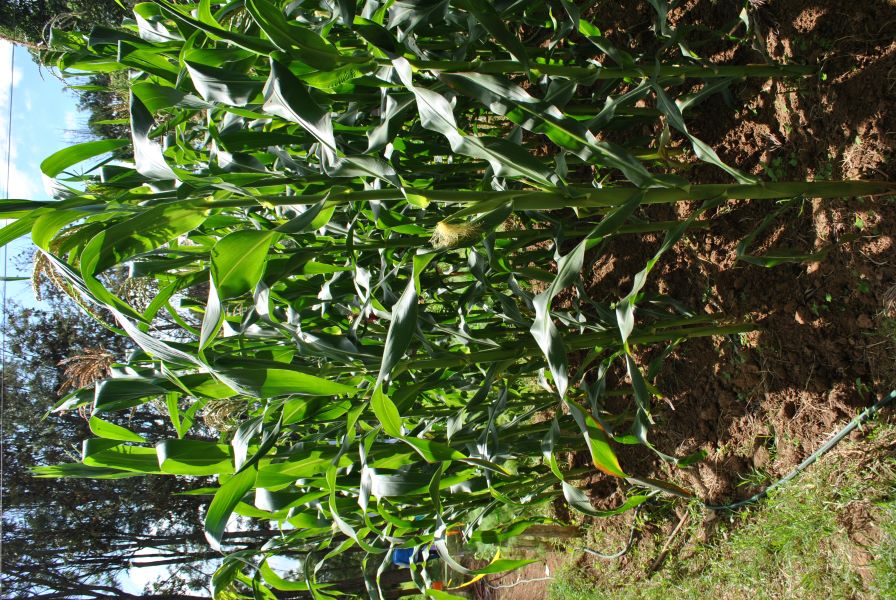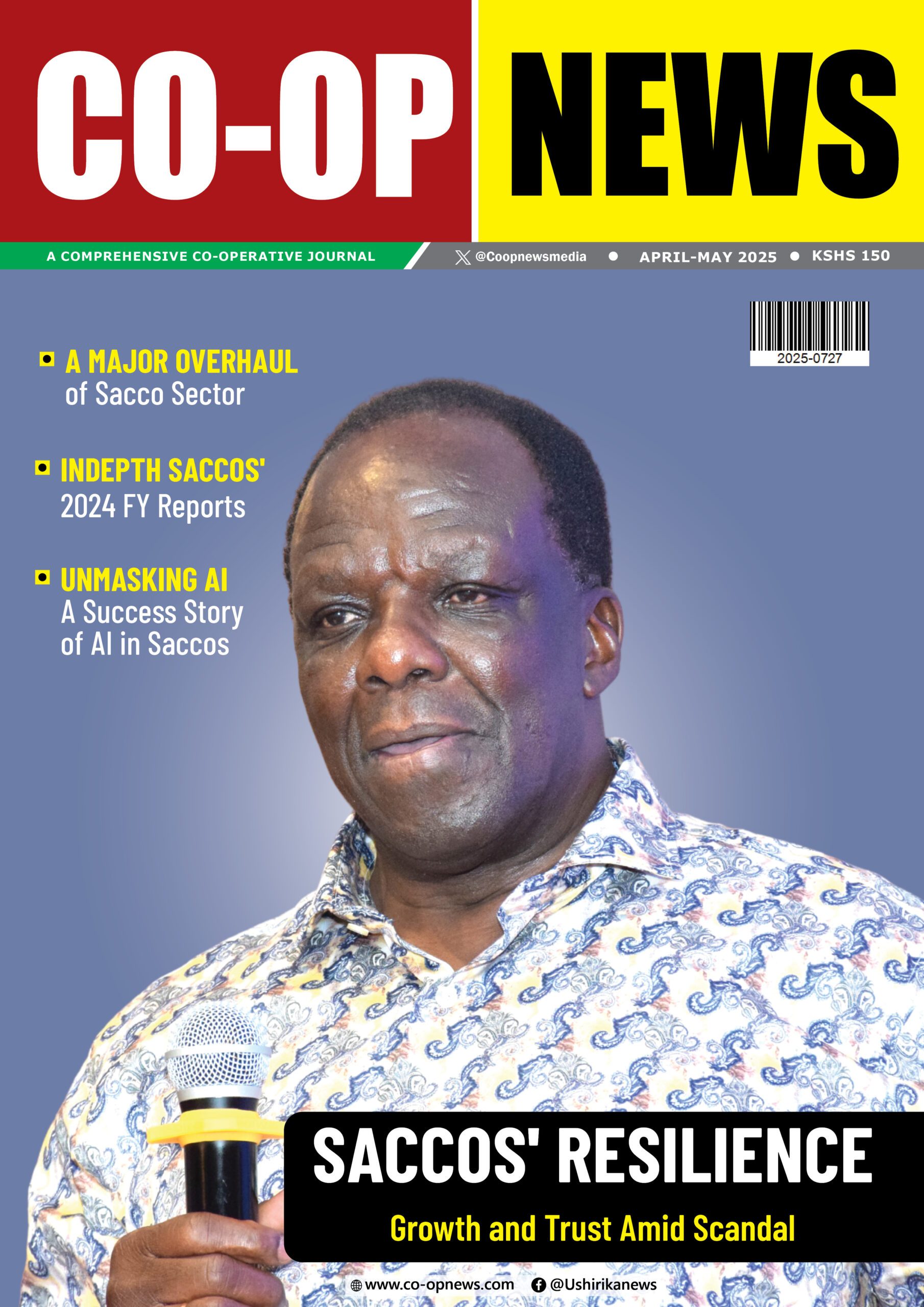Commercial banks are the leading lenders to the agriculture sector, followed by friends and family, Saccos, and digital lenders, according to the September 2023 Monetary Policy Committee(MPC) Agriculture Sector Survey conducted by the Central Bank of Kenya(CBK).
The Hustler Fund, which was introduced in 2022 to provide cheaper credit to individuals and businesses at the bottom of the pyramid, accounted for 10.3 percent and 7.5 percent in July and September, respectively, pointing to the great potential the Fund has to finance small-scale farmers in meeting their operating costs such as payment of workers and purchase of inputs.
Regarding farm categorization, a higher proportion of large-scale farmers accessed loan facilities than medium and small-scale farmers, perhaps due to economies of scale and higher absorption capacity.
A majority (36.8 percent) of the farmers sampled in the September survey used the borrowed funds to buy farm equipment and machinery, up from 8.7 percent in July. This was followed by using credit to diversify agricultural activities and purchasing farm inputs and labour costs. Access to agriculture finance is, however, not without challenges, as high-interest rates were cited by 16 percent of the sampled farmers as the main barrier to agriculture finance. This was followed by 11.0 percent who voluntarily excluded themselves, arguing that they did not need credit.
In the July survey, banks still dominated as big lenders to farmers over the last year, at 39.1%.
Other lenders to farmers included the Agricultural Finance Corporation (3.4%), Microfinance Banking Institutions (2.3%), Buyers of Farm Produce (2.3%), informal money lenders (1.1%) and Others (5.7%)
According to this Survey, 14.9% of farmers sampled borrowed funds from friends and family and took digital loans from platforms such as Mpesa, KCB Mpesa, and Mshwari, among others, to finance their farming activities.
Co-operative Societies accounted for 5.7% of farmers who borrowed money to finance their farming activities.
The State-sponsored Hustler Fund, which was introduced last year to provide cheaper credit to individuals at the low end of the income pyramid and with no collateral, accounted for 10.3% of those who got loans to conduct their farming activities.
CBK noted that the newly launched Fund has great potential to finance small-scale farmers in settling day-to-day expenses such as payment of workers and purchase of inputs
This Survey drew respondents from wholesale and retail markets and farms in major towns across the country. These included Nairobi, Nairobi Metropolitan area, Naivasha, Gilgil, Nakuru, Narok, Bomet, Nyandarua, Nyahururu, Kisumu, Mombasa, Kisii, Eldoret, Kitale, Meru, Mwea, Machakos, Isebania, Nyeri, Molo, Kericho, Isiolo, Oloitoktok, Namanga and Makueni.
Credit facilitates access to requisite farm inputs such as seeds and fertilizer. It also facilitates the payment of workers, purchase/lease of land, and adoption of appropriate technology in agriculture.
Farmers borrow to purchase farm inputs, labour costs and hire/lease farm equipment, which clearly shows that they need operating capital to run their day-to-day farming activities.
The proportion of the farmers who borrowed to expand their farms, buy equipment and machinery, and diversify their farming activities was relatively low. This could be rationalized by the huge amount of money required for agricultural capital investments.
Most of the sampled farmers cited high-interest rates (29.5%) as the main reason why they had not borrowed to finance their farming activities. This was followed by 23.0% who indicated that they did not need credit, while 18% feared crop failure, a likely scenario in case of insufficient rainfall, drought, or flooding.
Some farmers also feared auctioning off their property (8.2%) in the event they defaulted on the loans. Another reason was related to asset ownership, where 8.2% indicated that the land was not in their name, while 11.5% lacked collateral, which is key when borrowing for agriculture.
Most lenders ordinarily require a farmer to present a title deed registered in their name for them to access credit.
This could explain why most of the borrowers either went for digital loans, loans from friends and family, or Hustler Fund, all of which do not require collateral.





